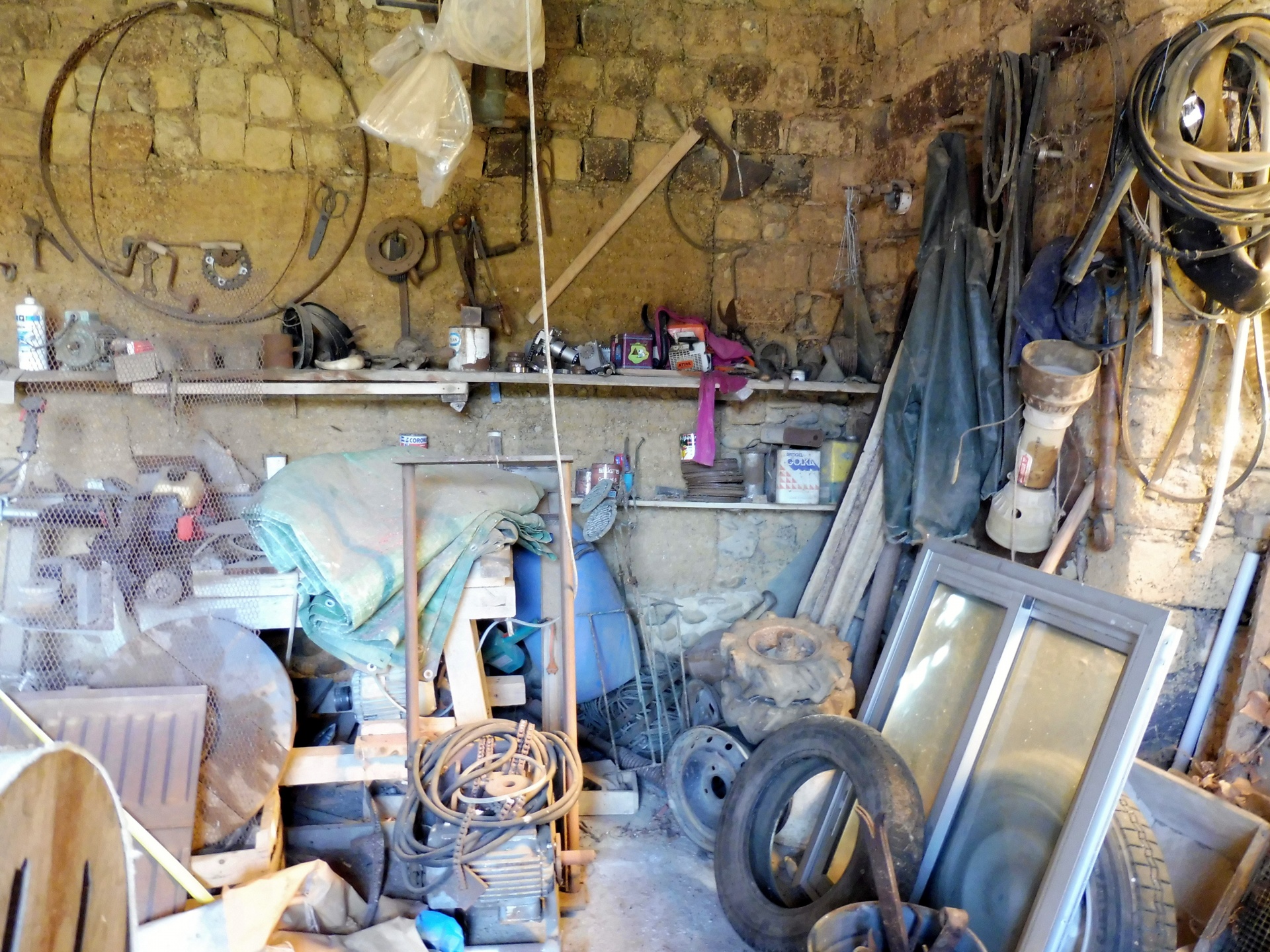Looking for the best air compressor without breaking the bank? You’re in the right place! Whether you’re a DIY enthusiast or a professional, finding a reliable air compressor that fits your budget can make all the difference in your projects.
In this guide, we’ll explore top-rated air compressors that deliver excellent performance without costing a fortune. Get ready to discover options that offer the perfect blend of power, portability, and price.
Understanding Air Compressors
Choosing the right air compressor can significantly impact your home projects. Let’s dive into the essentials.

Types of Air Compressors
- Pancake Compressors: Compact and portable, great for small tasks like inflating tires.
- Hot Dog Compressors: Horizontal tanks, suitable for medium-duty tasks like nailing and stapling.
- Twin-Stack Compressors: Higher capacity, excellent for multiple tools.
- Wheelbarrow Compressors: Portable but larger, ideal for heavy-duty applications.
- Stationary Compressors: Fixed units, powerful and used for workshop needs.
- CFM (Cubic Feet per Minute): Indicates air volume delivery. Higher CFM handles more tools efficiently.
- PSI (Pounds per Square Inch): Measures pressure output. Essential for tasks requiring high force.
- Tank Size: Bigger tanks store more air for continuous use. Choose based on project demands.
- Portability: Look for wheels and handles. Easier to move if workspace changes.
- Noise Level: Lower decibels mean quieter operation. Ideal for indoor work.
- Oil-Free vs. Oil-Lubed: Oil-free requires less maintenance. Oil-lubed offers durability.
Top Picks for the Best Air Compressor Under $
Choosing the right air compressor enhances your home projects. Here are the top picks for the best air compressors under your budget.
Portable Air Compressors
Portable air compressors are ideal for smaller tasks. They’re lightweight and easy to move around.
- DEWALT Pancake Compressor (DWFP55126)
Compact and efficient, this 6-gallon compressor delivers 165 PSI and 2.6 SCFM at 90 PSI. It’s perfect for brad nailing and inflating tires. - Bostitch Air Compressor Combo Kit (BTFP3KIT)
This kit includes a 6-gallon compressor and three pneumatic tools. It offers 150 PSI and 2.6 SCFM at 90 PSI. Ideal for finish nailing or stapling. - California Air Tools 1P1060S
Ultra-quiet at 56 decibels, it’s great for indoor use. It’s 1-gallon tank supplies 1.2 CFM at 90 PSI, suitable for dusting and airbrushing.
Stationary Air Compressors
Stationary air compressors handle more demanding tasks. They’re perfect for heavy-duty home projects.
- Industrial Air IL1682066-MAT
This 20-gallon compressor provides 135 PSI and 5.3 CFM at 90 PSI. Suitable for running multiple air tools simultaneously. - Campbell Hausfeld DC200000
With a 20-gallon tank delivering 150 PSI and 4 CFM at 90 PSI, it’s reliable for spray painting and impact wrenches. - Quincy QT-54 Splash Lubricated Reciprocating Air Compressor
A robust option with a 60-gallon tank. It offers 145-175 PSI and 15.4 CFM at 90 PSI. Excellent for high-demand applications like sandblasting.
Use these recommendations to identify the best air compressor under your budget for your specific needs.
Buyer’s Guide: What to Look for in a Budget-Friendly Air Compressor
Selecting the right air compressor is important for both homeowners and professionals. Focus on these key factors to make an informed purchase.
Noise Level
Consider the noise level, measured in decibels (dB), especially if you’ll use it indoors. Quiet models typically range between 60-70 dB, while louder ones can exceed 80 dB, which could be disruptive.
Power Source
Determine the power source. Electric compressors are common for home use, offering convenience and low maintenance. Gas-powered models provide portability and higher power but are noisier and need regular maintenance.
Tank Size
Evaluate the tank size, indicated in gallons. For small DIY tasks, a 1-6 gallon tank suffices. Medium tasks may require 6-20 gallons, while larger projects benefit from tanks over 20 gallons.
Focus on these factors, and you’ll find a budget-friendly air compressor that meets your needs.
Using Your Air Compressor
After picking the right air compressor, it’s essential to use it correctly to maintain its efficiency and longevity.
Maintenance Tips
Regular maintenance ensures your air compressor runs smoothly.
- Check Oil Levels: For oil-lubricated models, ensure oil levels are adequate. Replace oil every 100 hours of use.
- Drain the Tank: Moisture accumulates inside the tank. Drain it daily to prevent rust.
- Inspect Hoses: Look for cracks or damage. Replace worn-out hoses to avoid air leaks.
- Clean Air Filters: Dirty filters reduce performance. Clean or replace them monthly.
- Tighten Connections: Loose connections lead to air loss. Check and tighten all fittings regularly.
Common Applications
« 10 Best Modems for Spectrum Gig: Top Picks for Blazing Fast Internet in 2023
Uncover the Best Insulated Tumbler: Top Picks to Keep Your Drink Perfectly Hot or Cold »
Air compressors are versatile. Here’s how you can use yours:
- Inflating Tires: Quickly inflate car, bike, or lawnmower tires.
- Powering Tools: Run nail guns, impact wrenches, and sprayers for construction or DIY projects.
- Cleaning: Use compressed air to blow dust and debris from workspaces and tools.
- Painting: Achieve a smooth finish with spray painting, perfect for furniture or walls.
- Gardening: Operate pneumatic pruners or other gardening tools efficiently.
Always follow the manufacturer’s guidelines for safe use. Proper care and correct applications will help you get the most out of your air compressor.
Conclusion
Choosing the best air compressor under your budget doesn’t have to be daunting. By focusing on key factors like CFM, PSI, and tank size, you can find a model that suits your needs without breaking the bank. Remember to consider the noise level and portability for added convenience.
Proper maintenance is crucial to keep your air compressor running smoothly. Regularly check oil levels, drain the tank, and inspect hoses to ensure longevity. Don’t forget to clean air filters and tighten connections as needed.
Whether you’re inflating tires, powering tools, or painting, a well-chosen air compressor can make all the difference. Always follow the manufacturer’s guidelines for safe and efficient use. Happy compressing!















